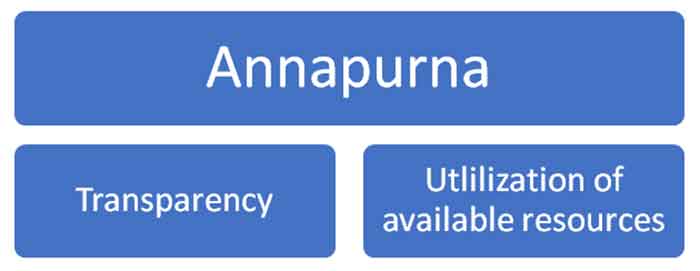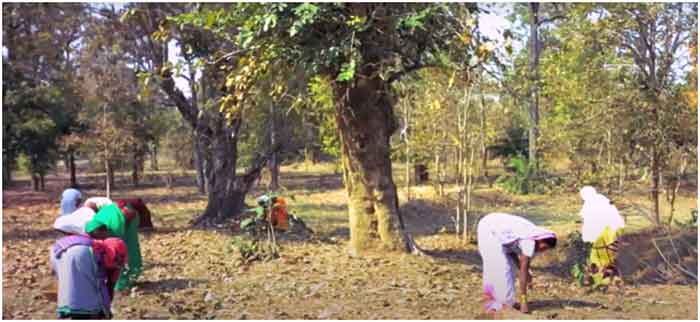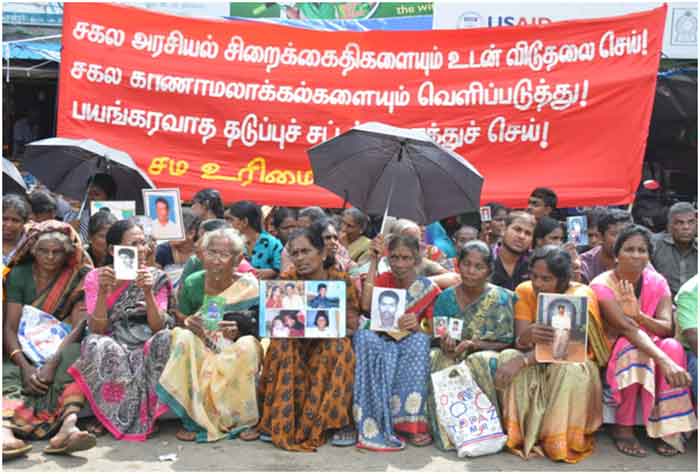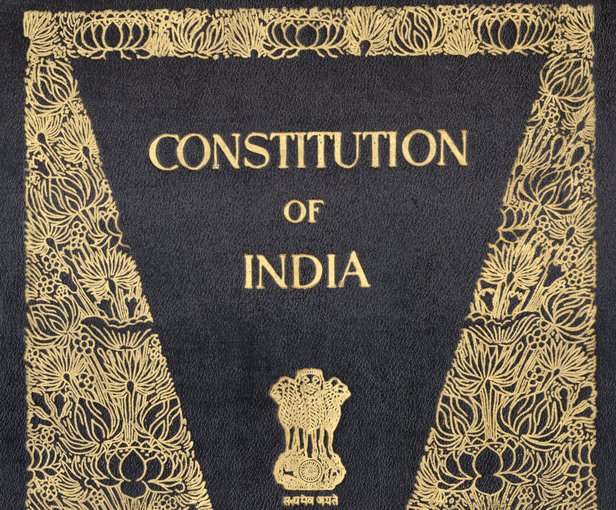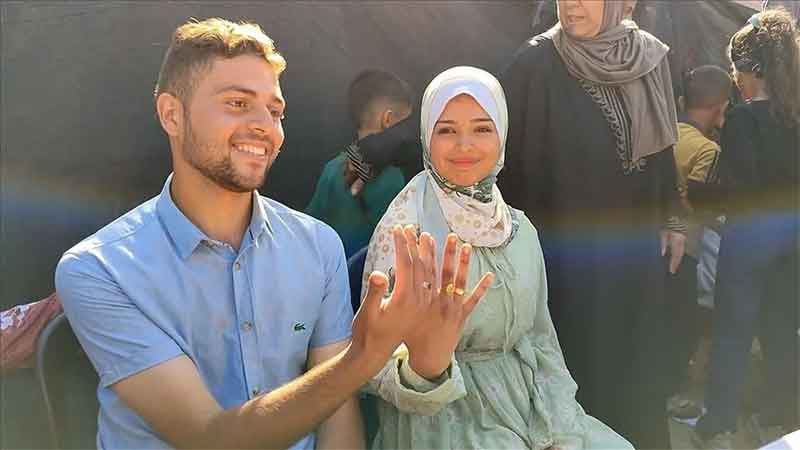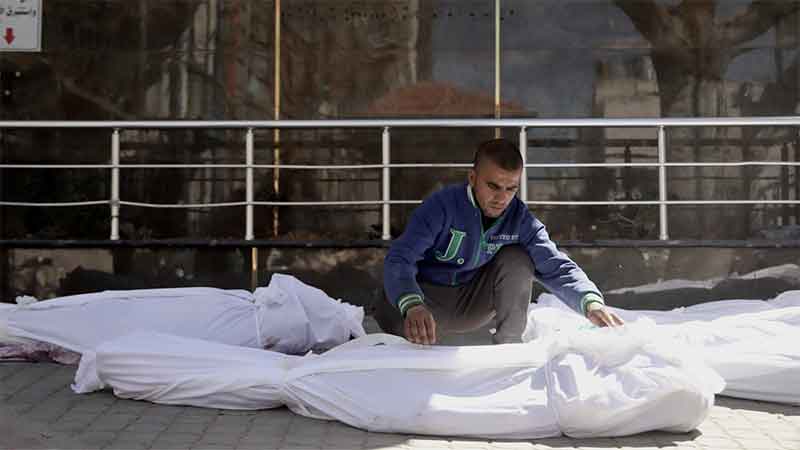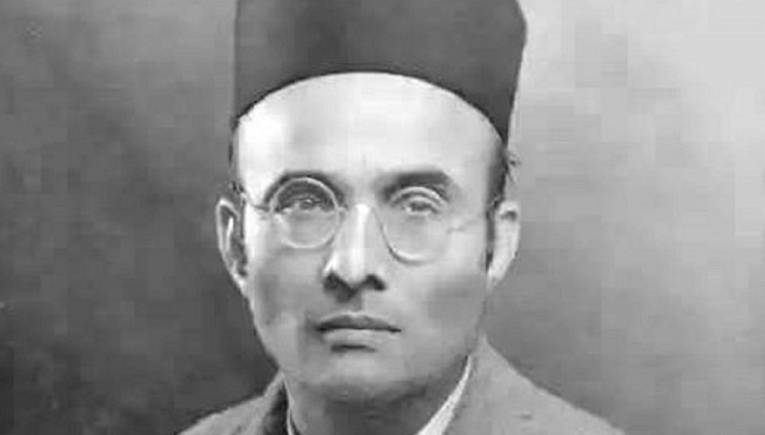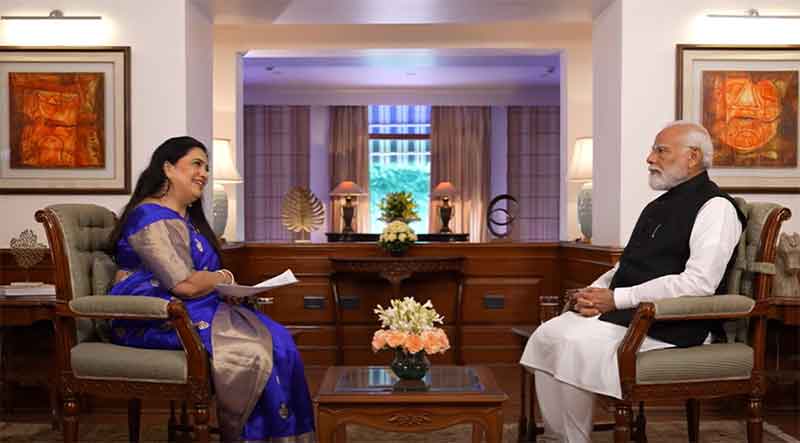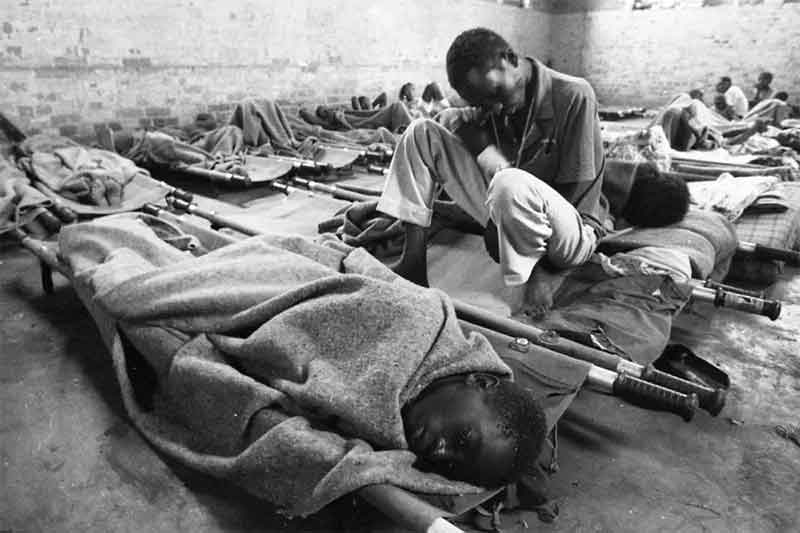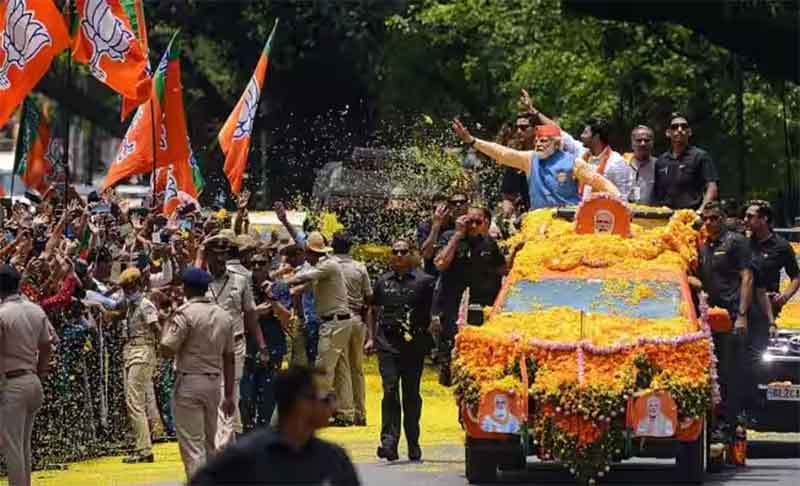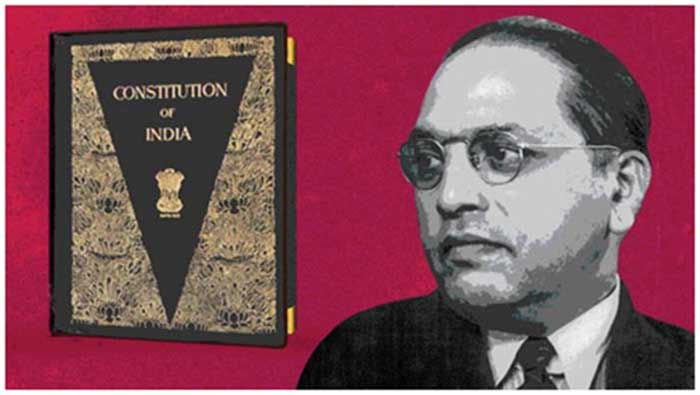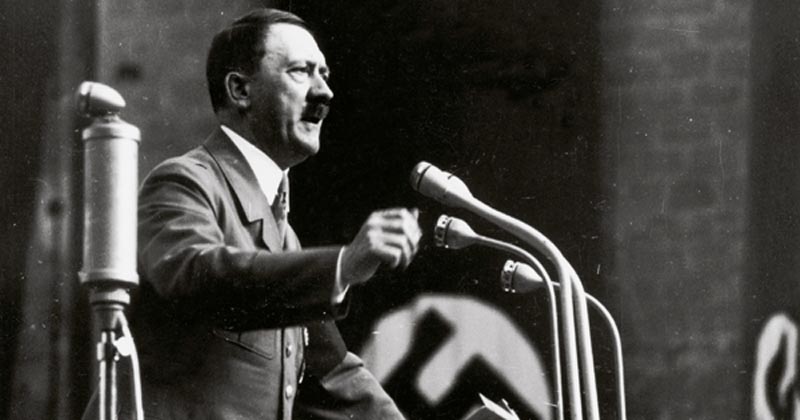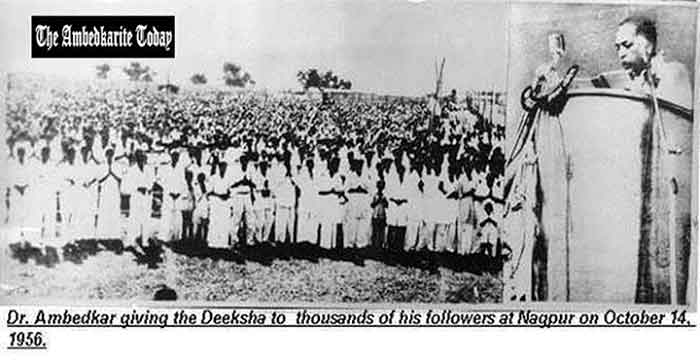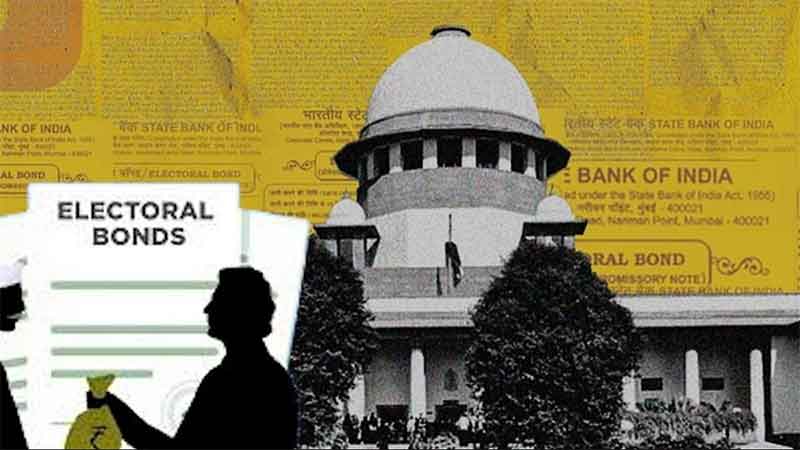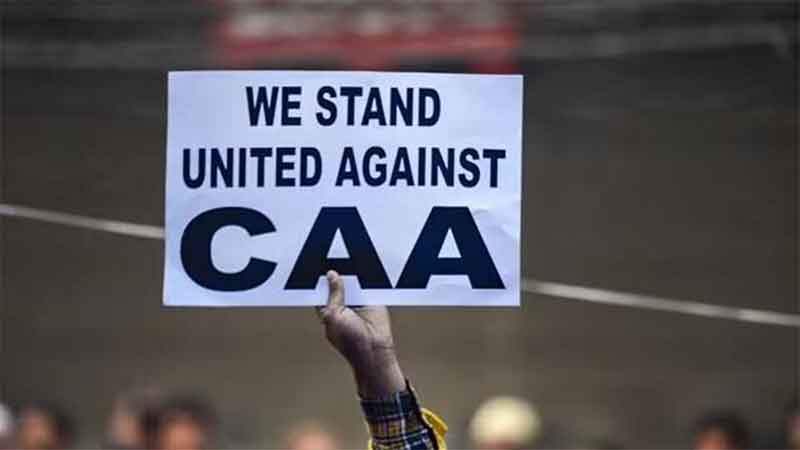A slow learner is one who is neither an average child nor mentally retarded, and they are somewhere in between the two. There are several terms used to address slow learners- dull normal, borderline, below-average, sub-average or partially mentally-subnormal. Often it is misunderstood that these children are ‘mentally weak’ or ‘dumb’. But, in reality, only the learning rate of these children is lower than others of their age. To simplify, these are the children who falls in the category in between an average child and a mentally retarded one. The following figure highlights this category based on the Intelligent Quotient (IQ) level of a child.

What problems these children had to experience since birth?
Home: Usually, parents fail to recognise that their child is a slow learner in an early stage and force them to do things at an average pace. This creates a problem if the parents retort to means such as beating their child, insulting them, or secluding them in family gatherings or start hiding them from society.
Education: If admitted in a regular school, these children feel neglected and cannot socialise with other children, hence, leading to the emergence of hatred among them for schools or education in general. Whereas, admitting in a school for children with mental illness, digress these children as they start imitating their peers.
Career: These children are often seen performing well in rural settings, usually carrying out physical tasks, but if they are given work involving mental work, they tend to perform less than average.
How to deal with a slow learning child?
Often treated otherwise, but these children should be treated just like an average child. Only with some special attention and care, the upliftment of such children is possible. They should be given love and care to avoid their loneliness and make them feel important and not useless. They should be given equal opportunities to participate in family gatherings, but they should seldom be neglected.
Similarly, for having them get a good education, the following are some of the steps to be undertaken:
- They should not be forced to a formal education system if they are not yet ready, usually start their formal education after the age of 5
- Do not force them to memorise, instead make learning fun and practical
- Spend some time and repeat if they did not understand in a single attempt
- Focus on a specific area of interest or ability rather than force-fitting the entire curriculum
- Divide the course curriculum and set smaller targets and milestones
- To facilitate the socialisation aspect, indulge them in group activities.
Know about ASMITA- a one-stop solution for a slow learning child!
Founded in 1989 by Dr Krishna Dutt- a clinical psychologist from King George’s Medical College, Lucknow, UP, ‘Asmita’ is a centre for slow learners. In the centre, a child is taught basics such as article recognition, colour distinction, reading, writing and minor calculations, in a playful manner, to habilitate them in higher education or work. The centre grew from only five students in 1989 to a family of 350 students learned since then. From the centre, 15 students have been shifted to regular schools.
On admitting, the child’s IQ level is first determined and then consulted with the consultation committee to understand the child’s overall behaviour, speech, concentration, hyperactivity, toilet habits, and so on. Based on these assessments, the child is given two-way lessons- one is behaviour-based, and the other is educating them based on their abilities.
Link to the website of Asmita: http://asmita.org.in/
What motivated Dr Krishna Dutt to work for slow learners?
7-8 years hence passing from medical college, Dr Dutt was determined to doing something good for the society. He then came to know about this special group of children and the numerous problems these students had to face daily. He also learnt that approximately 5-10 per cent of the total number of students are slow learners. Once while counselling a parent, they asked ‘In western countries, there are schools for slow learners. Who will start schools in India?’ This question reminded Dr Dutt of his father, who also encouraged him to contribute to the welfare of the society. And then he started school for this special group of children.
How do you identify whether a child is a slow learner?
In the case of mental illness, it is easier to identify, but it is not easy to understand the traits of a slow learning child at an early age. So, closely watch your child since their birth. You need to watch out for delays in key milestones of children – age of sitting, standing, walking, speaking, etc. as these might indicate that the child is a slow learner.
In schools, the teachers can identify this based on the child’s performance and progress. There are two sets of students—one who does not wish to study in the first place and hence, do not even try. And the second category who put enough effort but are still not able to perform well. This might be indicative of a child being a slow learner.
Concluding with a heavy note…
Why not help this special group of children with all the amenities possible? Make the parents and teachers aware of such schools and facilities available. Do not make such children feel secluded or alienated. They are not ill neither insane. They have all the rights and desire to live like me and you, what is lacking is the availability of enough opportunities and the sense of love and care for them. In fact, a slow learner can be anyone. Let’s say in a classroom if your friend is unable to grasp a concept or topic, help him/her understand the thing rather than mocking him/her in front of others. If possible, let us together create a safe and happy place for them to make them feel inclusive.
References:
- An interview with Dr Krishna Dutt, a clinical psychologist from King George’s Medical College, Lucknow, UP and founder of ASMITA
- Asmita. (2011). Retrieved from Asmita: http://asmita.org.in/
Anshika Agarwal is a student of Indian Institute of Management, Ahmedabad
SIGN UP FOR COUNTERCURRENTS DAILY NEWSLETTER

